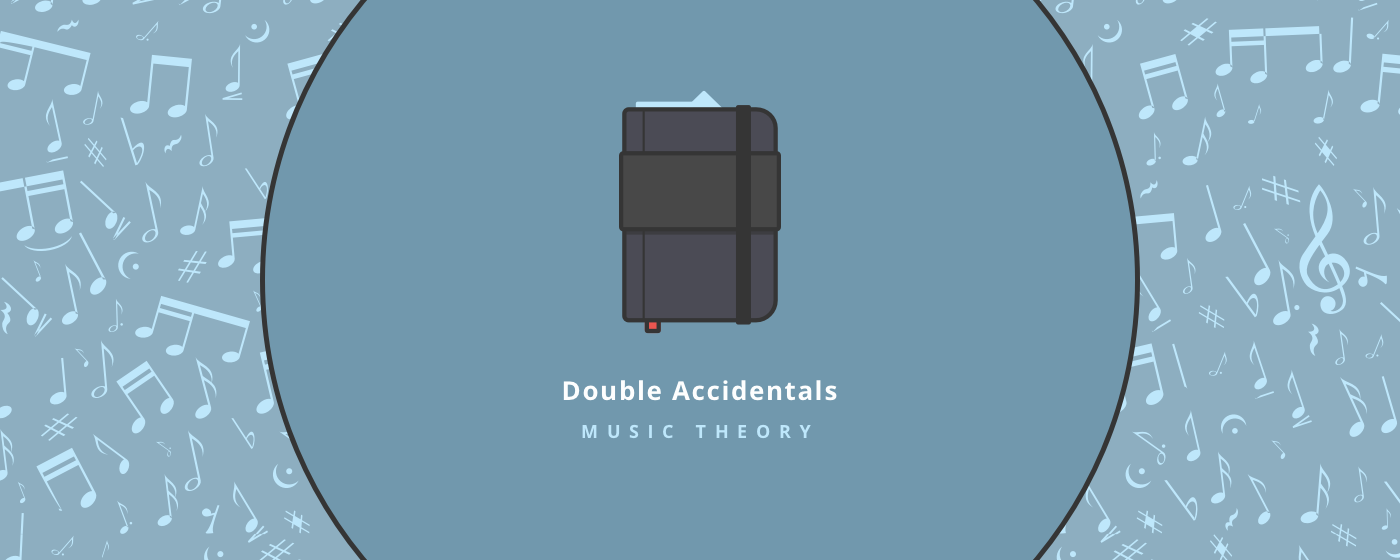Hi,
In the previous article, we first learnt what were ♭ and ♯ ... See this post for details !
Today, we'll discover 2 more accidentals :
- double sharp : 𝄪
- double flat : 𝄫
Their use is mainly related to minor keys or diminished chords. We'll talk about that in their respective posts.
The double sharp (𝄪) raises a note one whole step, and looks like a cross
Here is an example using double sharps.
The first measures show a double sharp in a melodic context, whereas the last measures show how double sharps behave. (a double sharp cancel all previous accidentals, and is cancelled by any accidentals)
Note that a **𝄪F** sounds like a **G**. We'll see in the minor scales post why sometimes it is more convenient to write **𝄪F** instead of **G**.
The double flat (𝄫) lowers a note by a whole step, and looks like two flats glued together.
Here is an example using double flats.
Note that, like double sharp, or any accidentals, a double flat cancel all previous accidentals, and is cancelled by any accidentals.
Besides, **𝄫B** sounds like a **A**. We'll see in the diminished seventh chord post why sometimes it is more convenient to write **𝄫B** instead of **A**.
That's all for today :)
Have a good day
Sebastien
